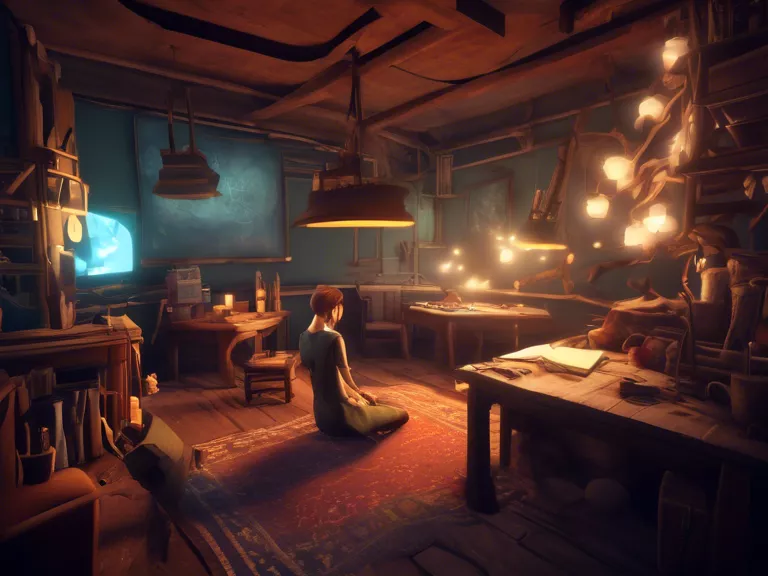
Introduction
In recent years, the world of gaming has evolved from being solely about entertainment to becoming a powerful tool for education and artistic expression. The intersection of art and education in gaming has opened up new possibilities for engaging and immersive experiences that go beyond traditional forms of learning. This article explores how art and education converge in the gaming industry, the impact of this convergence, and the ways in which it is shaping the future of both art and education.
Artistic Elements in Gaming
Gaming has long been recognized as a form of art, with its visually stunning graphics, intricate storytelling, and immersive sound design. Game developers often work with artists, musicians, writers, and other creative professionals to craft visually captivating worlds that draw players in and evoke emotional responses. The artistic elements in gaming, such as character design, world-building, and music composition, contribute to the overall aesthetic appeal of a game and enhance the player's experience.
Educational Benefits of Gaming
While gaming is often associated with entertainment, it also has significant educational value. Educational games, or "edutainment," are designed specifically to teach players new skills, concepts, or information in an interactive and engaging way. These games cover a wide range of subjects, from math and science to history and language learning. By combining gameplay with educational content, developers are able to create experiences that are not only fun but also effective in facilitating learning and retention.
Gamification in Education
The concept of gamification, which involves applying game design elements to non-game contexts, has gained traction in the field of education. By incorporating elements such as points, badges, and leaderboards into educational activities, teachers are able to motivate students, increase engagement, and foster a sense of accomplishment. Gamification can be particularly effective in making learning more enjoyable and encouraging students to actively participate in their education.
Using Gaming as a Teaching Tool
Gaming can also be used as a teaching tool to supplement traditional classroom instruction. Teachers can leverage educational games to reinforce lesson concepts, assess student understanding, and provide personalized learning experiences. By integrating gaming into the curriculum, educators can cater to different learning styles, promote critical thinking and problem-solving skills, and create a more interactive and dynamic learning environment.
Impact on the Future of Art and Education
The intersection of art and education in gaming is reshaping the landscape of both industries. As gaming continues to evolve as a medium for artistic expression and storytelling, artists and creatives have new opportunities to showcase their talents and reach a wider audience. Similarly, the integration of gaming into education is transforming the way students learn and engage with course material, paving the way for more innovative and effective teaching methods.
Conclusion
The convergence of art and education in gaming has opened up a world of possibilities for creativity, learning, and engagement. By leveraging the artistic elements of gaming and harnessing its educational benefits, we can create immersive experiences that inspire, educate, and entertain. As technology advances and new innovations emerge, the intersection of art and education in gaming will continue to shape the future of both industries, offering exciting prospects for artists, educators, and gamers alike.



